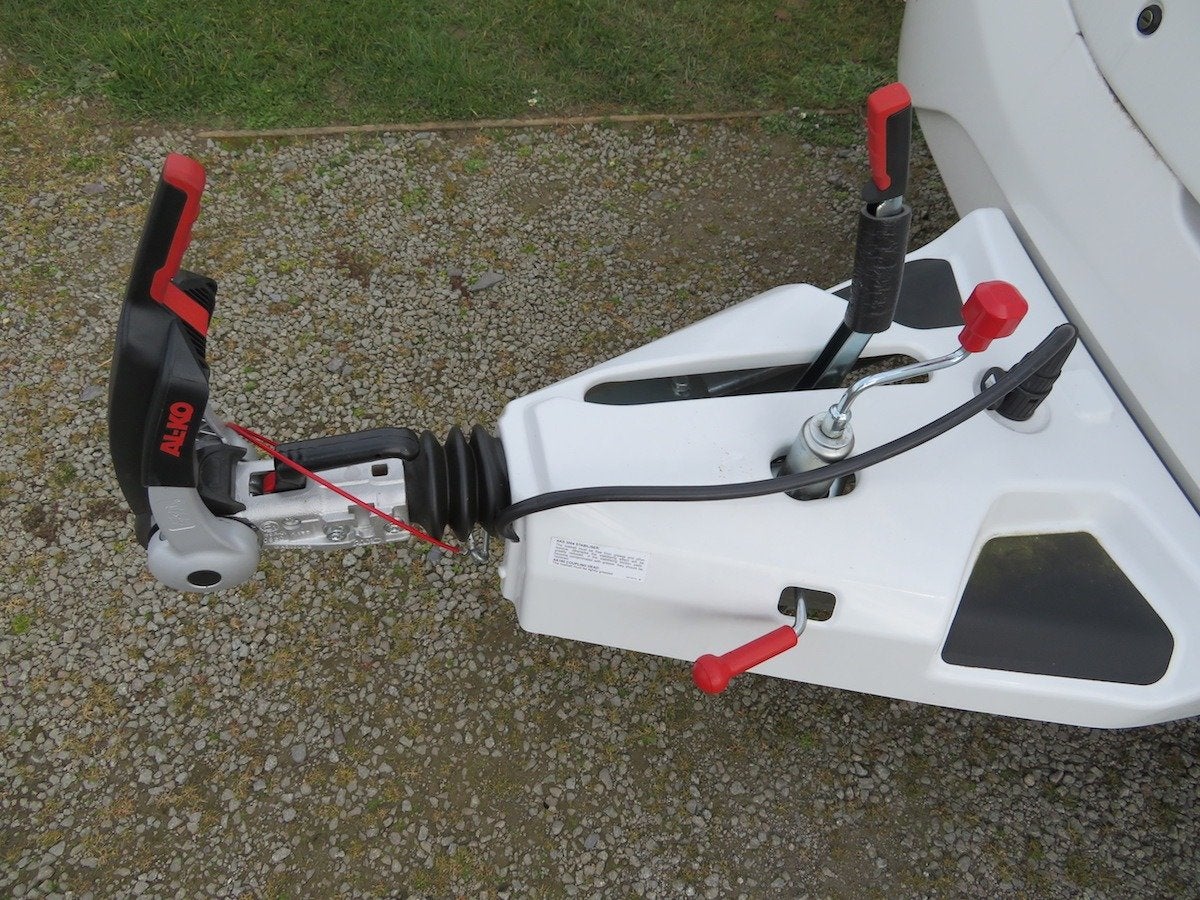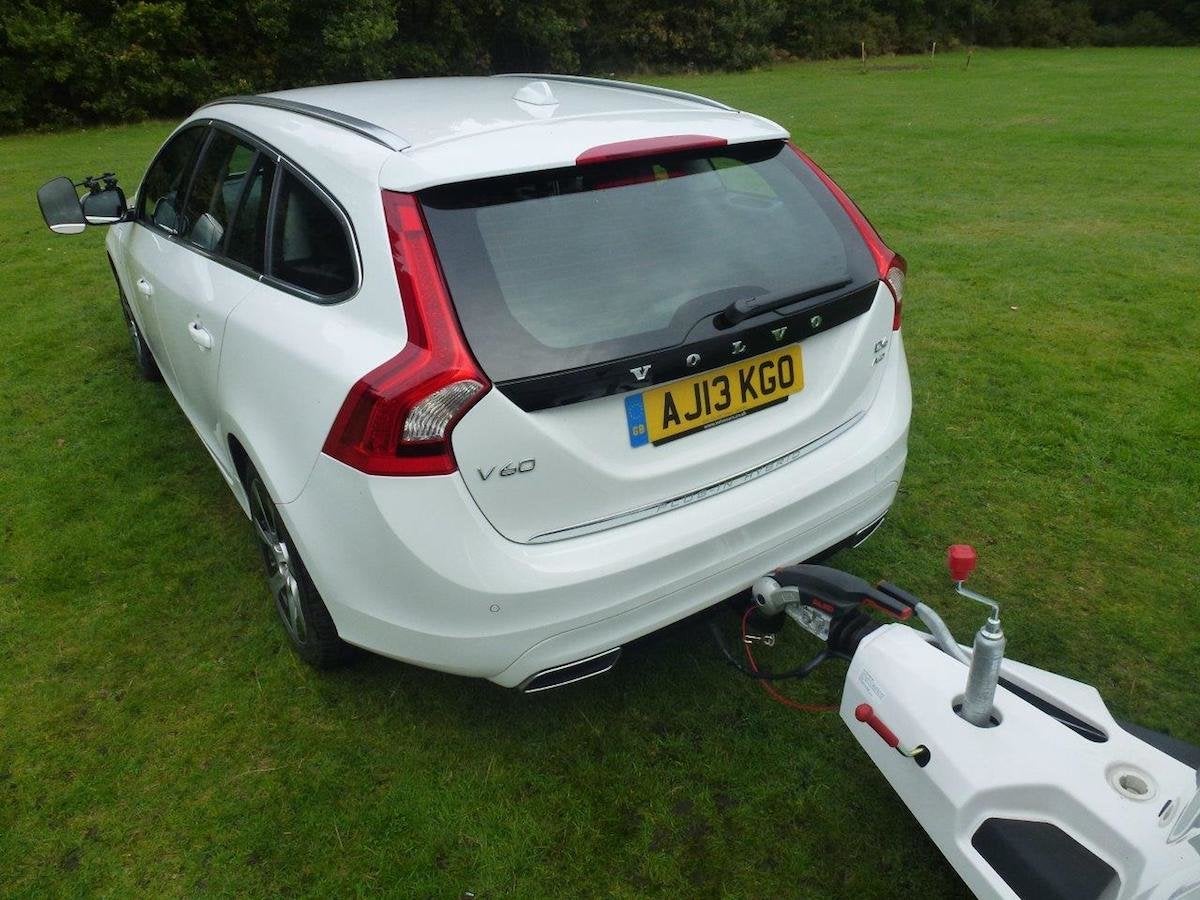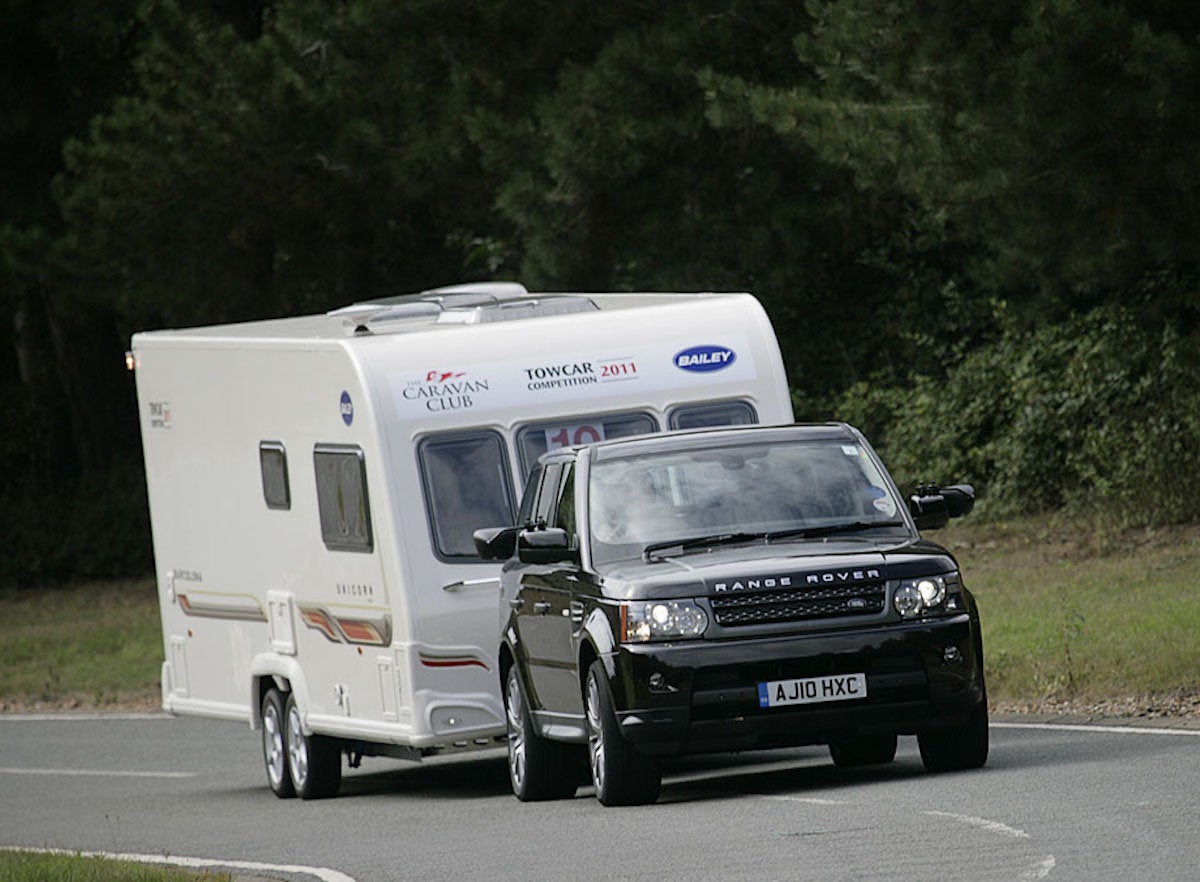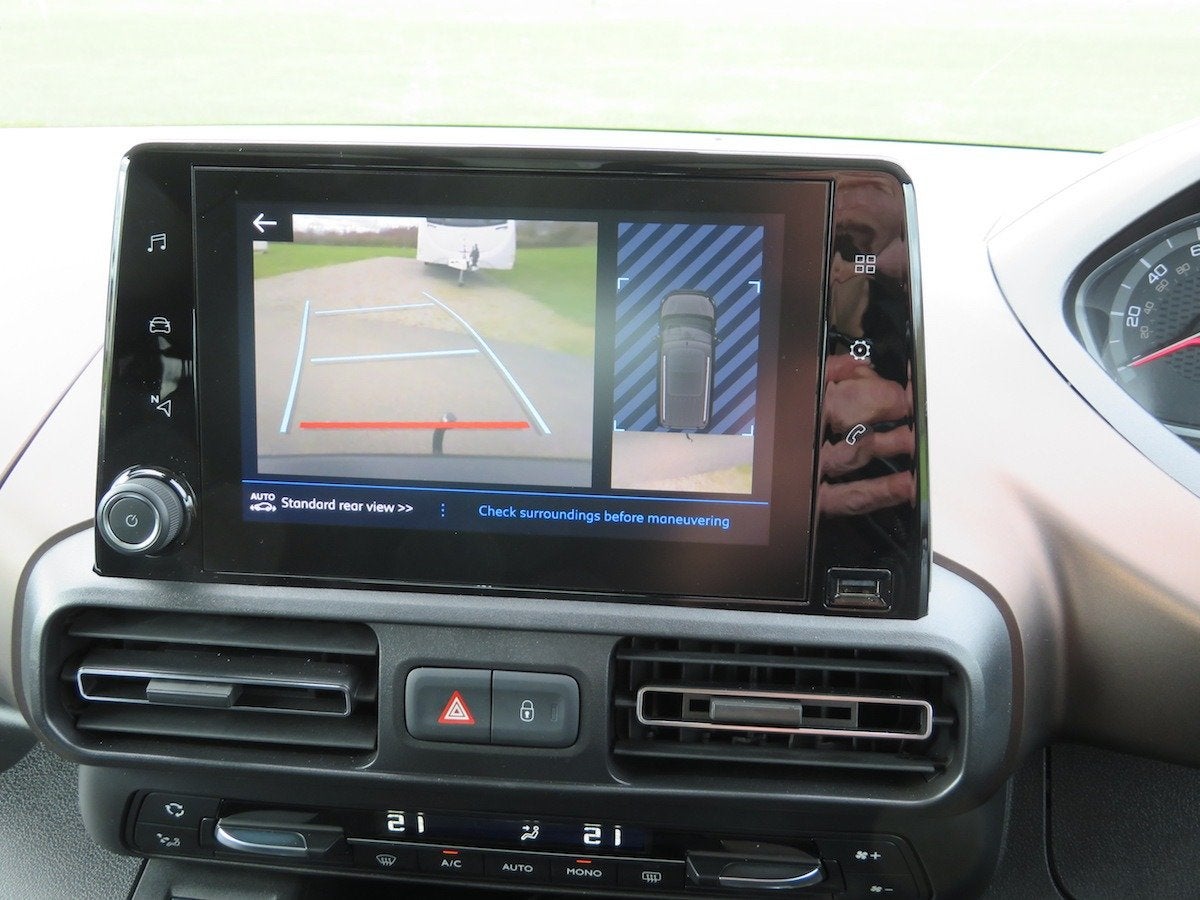Pulling a caravan, a large horsebox or any other type of trailer poses a whole new set of challenges to regular driving. It can be intimidating at first, but with a bit of practice and ideally some instruction any driver should be able to tow competently.
If you're starting right at the very beginning, you should ensure that you have a good tow car first. If you don't know whether you need a diesel engine or a petrol car, and have no idea whether you need a Land Rover with a four-wheel drive system or can make do with a humble Skoda, then that's something you need to figure out. Luckily, we've got guides to help you find the best towing vehicle.
If you're looking for the a used tow car then this article should help; it'll help you decide what the best cars are for you, whether you're after a hatchback, SUV or an estate. Most manufacturers make family cars that will easily tow, from mainstream brands like Kia, Nissan and Volkswagen to more premium marques like Audi, BMW and Volvo.
Maybe you want to buy an electric car, and want to know if you can tow with that? The answer is yes, you can, but there are thing you'll need to know, including information about towing capacity.
In this article, we’ll assume you know how to match car and trailer safely and that you understand what your current driving licence allows you to tow. So let’s concentrate on the basics of good towing, because understanding the practicalities will get you motoring in confidence.
Hitching Up

The hitch on the trailer needs to attach to the towball/tow bar on your car, and you’ll have to connect the electrics so the lights on the trailer work. Do this in a hurry and the trailer could drop off the back of the car within the first few hundred yards – this can and does happen.
Line up the towball beneath the hitch head. It’s easier if you have someone to guide you, although reversing cameras are also a big help. Before you start to back up make sure the hitch is high enough to clear the towball as you reverse up to the trailer.
Lower the hitch on to the towball. You need to make sure it connects properly, and the way this is done will vary from trailer to trailer. Usually you can hear a definite click, and most trailers have a coloured indicator that turns green when securely connected. Raise the hitch back up a small distance to check it takes the back of the car with it.
Next, if you are towing a braked trailer you’ll need to attach a breakaway cable from the trailer to the car (there may be a dedicated attachment point on the towbar to loop the cable through, or it’s acceptable to loop the cable around the neck of the towbar). This will put the trailer’s brakes on if it becomes detached.
Now fix the trailer electrics into the car’s socket. Provided the car’s handbrake or parking braking is on (always check if you are in any doubt), raise the jockey wheel (the small wheel at the front of the trailer or caravan), and release the trailer’s handbrake.
Always check the lights on the trailer are working before you set off, and make a final check that the hitch is properly attached with the handbrake off and the jockey wheel securely stowed before you get on the road.
Look Behind You

You may need towing extension mirrors to tow legally. The rule is that you should be able to see four metres out from the side of the trailer, 20 metres behind the driver. If you have a very small and narrow trailer this may be possible without towing mirrors, but they will almost certainly be needed if you are towing a larger trailer, or if you're a caravanner.
With car and trailer in a straight line, adjust the towing mirrors before you set off. You should be able to see the edge of the trailer in the mirror so you can judge how close the it is to other traffic, lane markings and so on.
Out on the Open Road

Towing can feel downright odd at first. With a big trailer or caravan you may be more than doubling the length of the car, and there’s a big hinge in the middle. You will feel the trailer pushing and pulling at the back of the car, and expect to see the trailer making small side to side movements over bumps or when caught by a gust of wind, which can easily happen on the motorway.
That’s all quite normal, even if it doesn’t seem so when you are new to towing. The key is to concentrate hard, but stay relaxed. Allow more time for accelerating and braking, and use all the controls smoothly. The extra width of car and trailer means you should leave more space between the car and the inside of a corner, as the trailer will cut inside the line taken by the car.
Nervous drivers can be inclined to ‘chase’ the trailer, responding to every twitch they feel through the seat or spot in the mirrors. Try not to do this. Lots of little steering inputs will make things worse. Remember, the car is always trying to pull the trailer straight, so let the car do its job.
The odd bobble from the trailer or caravan is nothing to worry about. But if this becomes a definite side to side sway you should be concerned. Tow car drivers call this ‘snaking’, and it could lead to an accident if it gets out of hand.
Don’t be tempted to accelerate or hit the brakes; either action will only make things worse. Instead, ease off the accelerator, and keep the wheel pointing straight. The swaying should gradually lessen and the car and trailer will tow straight again.
Don't be surprised if your fuel economy takes a hit when towing caravans, or in fact any other kind of trailer. Your car's engine will be working a lot harder, and you'll be battling a less efficient aerodynamic shape too, all of which uses more fuel.
Reversing

Even drivers who are quite confident on the road can struggle with reversing a trailer.
The bit that’s really confusing is that you have to steer in the opposite direction to the way you want the trailer to move to get the turn started. That’s because the back of the car has to push the front of the trailer or caravan. Then you need to steer back the other way so the car will follow the trailer.
It helps to have someone watching you back – in fact it’s much safer to reverse with someone to guide you back.
Practice makes perfect, and as with all aspects of towing it’s best to practise under instruction. Lots of driving schools offer trailer towing instruction, and both The Caravan and Motorhome Club and The Camping and Caravanning Club run courses.
A towing course will teach you a lot, and make you safer and more confident on the road.

